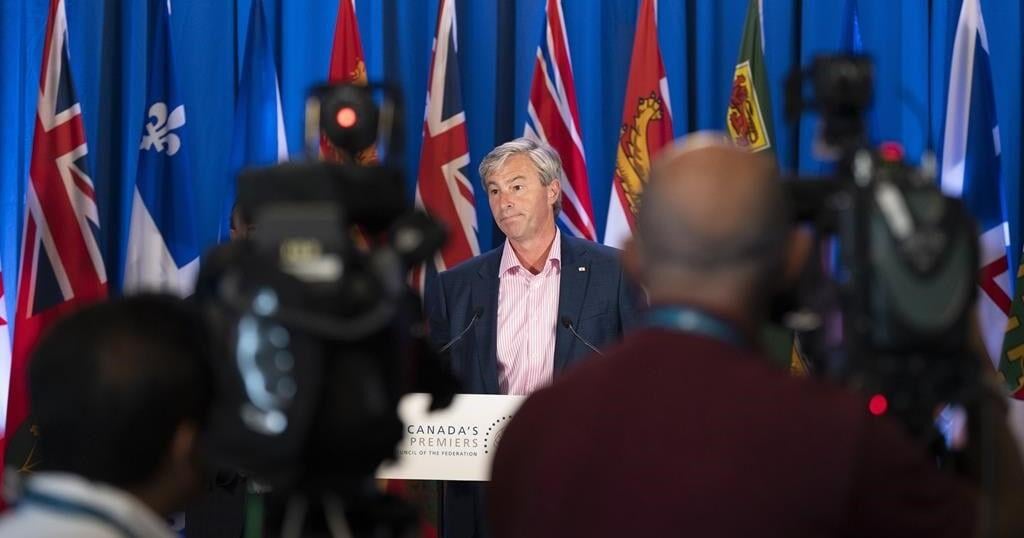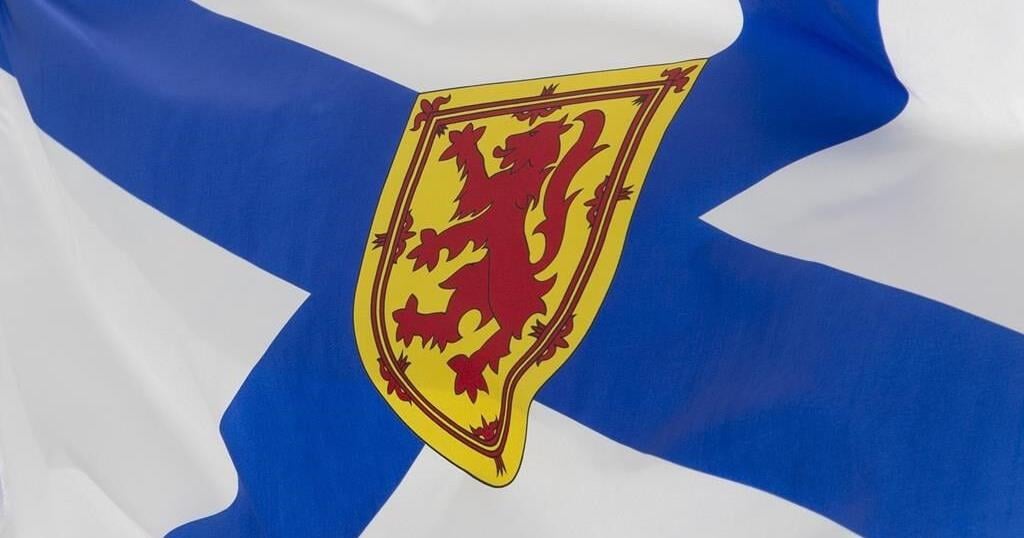LOS ANGELES (AP) — Every day, millions of people use Spotify to stream music. A few years ago, it would’ve felt like an impossibility: Click, and bam — a seemingly endless catalog of recorded music opens up, right at your fingertips.
Streaming now accounts for most of the money generated by the music industry — a whopping 84% in the United States, according to the RIAA, and 67.3% worldwide, according to a 2024 report by the International Federation of the Phonographic Industry, which tracks global sales.
Spotify is the largest platform of all — making up roughly 31% of the total market share — with a reported 626 million users and 246 million subscribers in over 180 markets.
In July, Spotify increased its monthly subscription cost. So, how does money from advertisers and subscription fees move from Spotify to artists’ wallets, anyway?
How does Spotify pay artists and songwriters?
Short answer: They don’t. Spotify pays roughly two-thirds of each dollar it makes from music streams — a collection of paid subscriptions and advertiser income — to the rights holders of the music on its platform, paid out between recording and publishing agreements.
Those rights holders usually comprise a combination of record labels, distributors, aggregators and collecting societies — think Sony, Warner, Universal, the digital music licensing organization Merlin that represents independent labels — who then pay their artists according to their contracts.
If an artist is self-distributed, they might pay a small fee to an aggregator, or upload service (some popular ones include DistroKid and TuneCore).
A self-distributed artist keeps “the vast majority of (the royalties),” explains Charlie Hellman, the vice president and global head of music product at Spotify. Or it “goes to their label and their publisher.”
Payments to rights holders are determined by a process called streamshare.
Once Spotify pays the rights holders, “we sort of lose visibility of exactly what happens after that,” Hellman says.
What is streamshare?
When you walk into a store and buy an album, a percentage of that amount goes directly to an artist. When it comes to streaming, subscription dollars are collected into one large pool and paid out via streamshare, a number Spotify calculates by adding up how many times music owned or controlled by a particular rights holder was streamed in a month, in each market and dividing it by the total number of streams in that market.
Most streaming platforms use streamshare: Spotify, Apple Music, Amazon Music, etc.
Hellman explains that “whatever fraction of streams” a rights holder has on Spotify is “the fraction of the total payouts that are paid out” to them. “We calculate that per market,” he says.
So, if a rights holder like Universal Music Group accounted for half of all the streams in the U.S., they’d “get half of all the revenue generated in the U.S.”
Liz Pelly, a journalist whose first book, “Mood Machine: The Rise of Spotify and the Costs of the Perfect Playlist,” will be published in 2025, says the streamshare system has been criticized for “benefitting the artists who generate the most streams” and “the major labels who already have, like, so much market share.”
In the last few years, she’s seen artists organizations and independent artists unions call for a shift to a user-centric system. Under that system, royalties would be paid directly to the rights holders based on what each user streamed. Essentially, if you only listened to Charli XCX this month, she and the rights holders of her music would receive roughly two-thirds of the revenue generated from your subscription.
How much do musicians make per stream?
You might have seen a popular metric that suggests artists make, on average, somewhere between $0.003 and $0.005 per stream. But because streaming platforms don’t pay artists directly, that number isn’t exactly accurate.
“This concept of the per stream rate is one of the most misunderstood aspects of the music industry,” says Hellman. “There is no per stream rate.”
He uses an example: Say, for the ease of understanding, a listener spends $10 on their monthly subscription. Three of those dollars go to Spotify, the other seven go to rights holders. (Currently, the individual subscription plan is now $11.99, not $9.99.)
“If they played only one stream in the month, the per stream payout would be $7 per stream. But if they played (700) streams in that month, then the per stream effective payout would be a penny,” he says.
Pelly says artists deduce they make “penny fractions” in royalties by looking at their statements. “And that is meaningful.”
They are “symbolically important,” she adds, if inexact, “because they communicate the reality that a lot of artists are seeing, like, very little pay from digital services.”
Los Angeles experimental artist Julia Holter, whose sixth studio album “Something in the Room She Moves” was released in March, says artists do receive what adds up to penny fractions.
“The current Spotify model does not work for most artists, in that you cannot easily make a living solely from streams,” she says. “The math here is so complicated, which is part of the issue.”
“There are so many artists that struggle to make a career in the streaming era because things are set up in ways that are inaccessible and opaque,” Pelly adds.
And many musicians do not make music in ways that are “specifically tailored to the way in which streaming services generate money… The system is set up to reward artists that generate massive numbers of streams.”
Not all music functions that way, she says. There are “certain artists that make the kind of music that maybe you wouldn’t stream in the background for hours on end, or who make music in long-form compositions, not in, like, short two-, three-minute tracks that you could load up a playlist with.”
In 2024, Holter is one of those artists — it has been five years since her last solo album, and her latest release features a few six-minute tracks. If streaming demands churning-out short songs — viewing “music as content,” she says it is “antithetical to creative people.”
Are there situations where artists aren’t paid?
In April, Spotify began eliminating all payments for songs with less than 1,000 annual streams in an effort to drive revenue to what it calls “emerging and professional artists”. As a result, those with a bigger percentage of streamshare revenue will receive an even larger share — pooled from artists with few streams.
Hellman argues that because there is a minimum threshold to be met when withdrawing money from a distributor, artists with under 1,000 annual streams aren’t able to collect their royalties. (At DistroKid, it is $5.35; at TuneCore it is $1 via PayPal.)
“There was an increasing amount of uploaders that had $0.03, $0.08, $0.36 sitting there,” he said. “All those pennies sitting in bank accounts all over the place was siphoning money away from artists that were really doing this, as an aspiring professional.”
Are there changes expected to the way streaming royalties are paid?
In May, Spotify announced it would add audiobooks into its premium subscriptions, resulting in a lower royalty rate for U.S. songwriters, according to Billboard. They estimate that songwriters and publishers will earn $150 million less in U.S. mechanical royalties from premium, duo and family plans for the first 12 months it is in effect.
Politicians are taking note. In March, U.S. Reps. Rashida Tlaib and Jamaal Bowman introduced the Living Wage for Musicians Act in partnership with artists and industry laborers in the United Musicians and Allied Workers organization.
The bill proposes a new streaming royalty, to be paid into an Artist Compensation Royalty Fund, which would ensure artists receive at least one cent per stream. It’s a direct payment from streaming services to artists, with no middlemen.
The new royalty would be funded through a 10% levy of streaming platforms’ non-subscription revenues and an additional subscription fee.
The act is “suggesting that the current system isn’t working for artists,” says Pelly.
Holter, who works with UMAW, is optimistic about the bill, suggesting that “if streamers are going to increase prices anyway,” this is an opportunity to make sure artists, and not only major label artists, are compensated equitably — without fundamentally altering how the system currently works.
“I think this will benefit everyone,” she says. “Including the streamers.”
Earlier this year, Hellman had no comment on the act but underlined that the easiest way to get to a penny per play is to get people to stream less.
“I think fixating on what that ‘average revenue compared to total number of plays’ looks like is really distracting us from what it is that we’re trying to do as an industry, which is get more people to pay more money for music so that we can pay that to the artists and the rights holders,” he says.
“Spotify has every incentive to maximize the revenue because we get to share in 30% of it. And so, we’ve been raising prices,” he says.
“We will continue to raise prices as much as we can. That’s going to maximize the revenue. But if you raise prices too much or you constrain the value too much, you’re going to get people churning out of subscription, going back to less productive behaviors like piracy. And I don’t think anyone wants to see those kinds of things happen.”

























